The global edge computing market is expected to grow 30% a year for the next decade, with North America taking up nearly half the total, according to analyst firm Fact.MR.
Energy and utility companies account for 18% of edge computing revenues as they apply efficiency and better control over energy grids offered with edge products as per analyst reports from Fact.MR.
Lets move forward in understanding edge computing in simplest way, while learning the benefits of edge computing & uses of edge computing in various sectors:
What is Edge Computing?
To understand Edge computing in layman's terms, imagine there's a well in the middle of the village where the villagers have to go to fetch water daily. What's happening here is the resource is single & centralized with no other option. Now imagine if every house is equipped with a water pump which is connected to the main water well & people are able to get water in their homes, it is indeed beneficial & convenient to them - right?
Edge computing works on the similar basic principle - There's a user, a network which geopraphically located at a distance form the source & destination of data & a cloud that saves the data. What Edge comptuting does is, it distributes the network & brings it closer to the user, so the data transmission becomes fast.
In technical terms - Edge computing lets the connected devices to process data closer to where it is created. This can be either within the device itself-(example security cameras & self-driving cars), or close to the device, and provides an alternative to sending data to a centralized cloud for processing.
Advantages of Edge Computing
- Real-time or faster data processing and analysis: Data is processed closer to the source, not in an external data center or cloud, which reduces lag time.
- Lower costs: Enterprises spend less on data management solutions for local devices than for cloud and data center networks.
- Less network traffic: With an increasing number of IoT devices, data generation continues to rise at record rates. As a result, network bandwidth becomes more limited, overwhelming the cloud and leading to a greater bottleneck of data.
- Increased application efficiency: With lower latency levels, applications can operate more efficiently and at faster speeds.
Use of Edge Computing in Different Sectors
(1)Transportation:
The best example of use of edge computing in transport sector has to be autonomous cars. The self driving vehicles utilize edge computing to process data much closer to the vehicle via these sensors, saving precious milliseconds. But, how? This is possible because of the numerous types of sensors, self-driving vehicles are equipped with.
These sensors range from camera to radar to lidar-based systems, that help the vehicle to operate.
(2)Healthcare:
Have you ever wondered how your smartwatch or your fitness tracker operate? How those gadgets are able to provide realtime analysis of your pulse, or your heart rate, how many kms have you walked & other data? It is possible because of edge computing, as the data which is processed by these trackers is sent to the cloud directly, so the realtime data transmission becomes quick without delay.
(3)Manufacturing:
Edge computing is helping the manufacturing units to produce goods effeciently & in large quantities. If there's a manufacturing unit using robots to aid in production & delivery of raw material on the floor, & the robots are outfitted with sensors and connected to an edge device, the output would increase & using machine learning the edge device could also prompt the operating conditions of the robots.
(4)Financial Institutions:
Financial institutions are using cloud computing capacities at a much larger level which calls for higher bandwidth and larger capacity to transfer and store the extensive amount of data. Edge computing helps banks by enabling them to move data processing closer to the source, banks and other financial institutions to provide services in a more quick and secure manner.





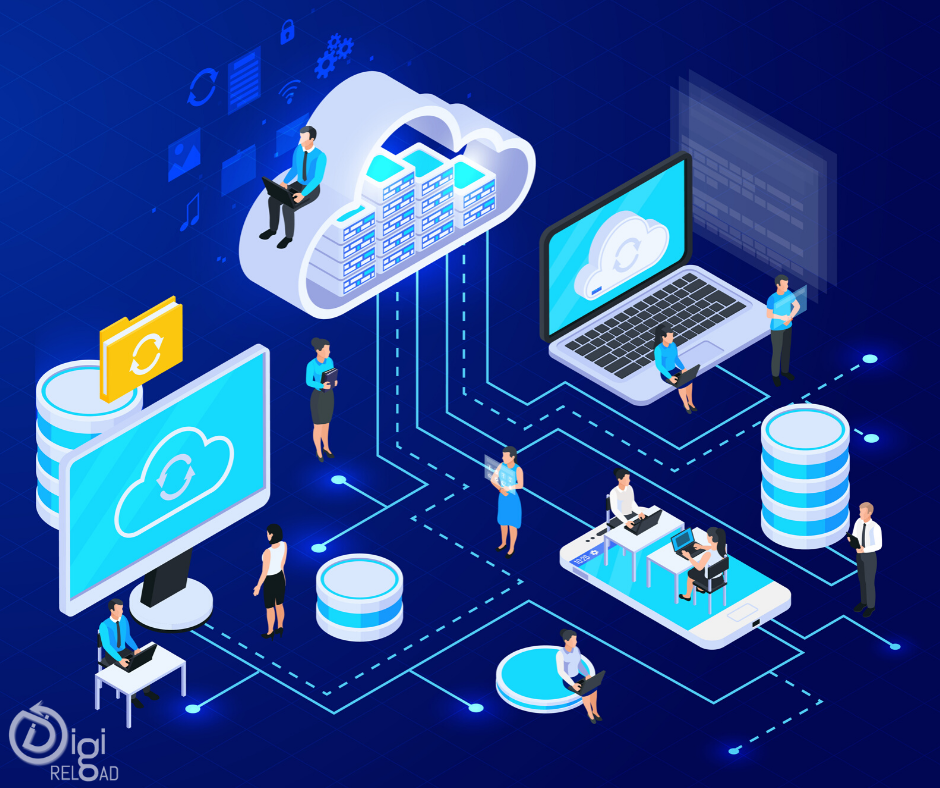
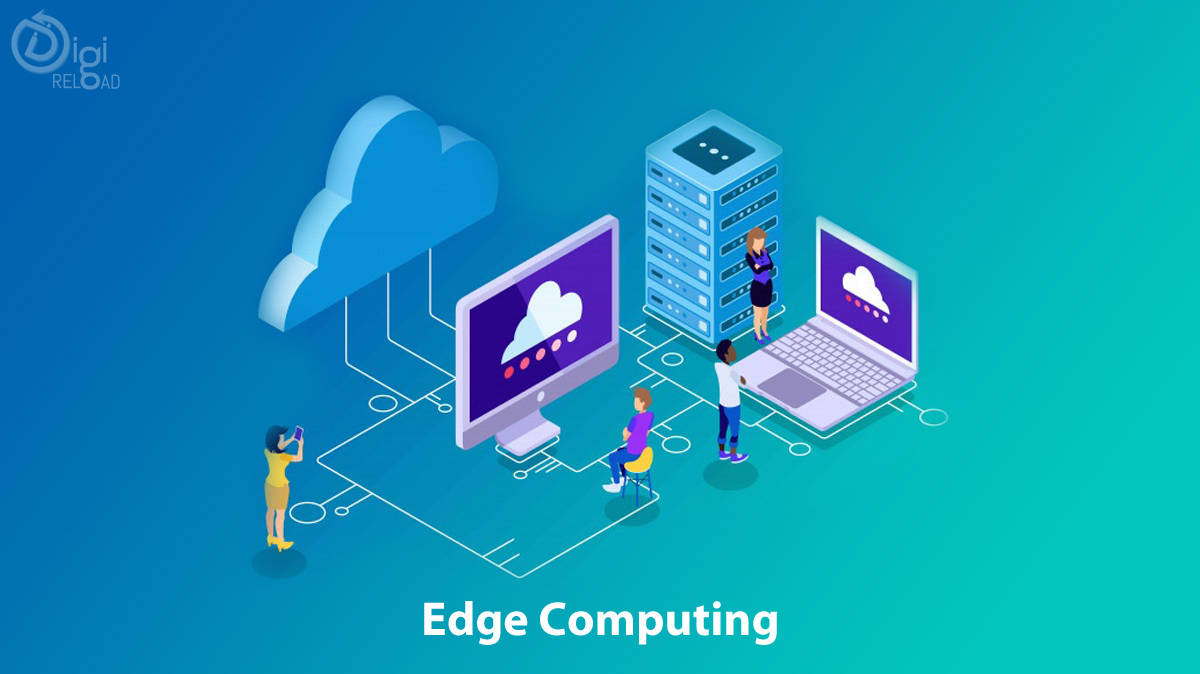
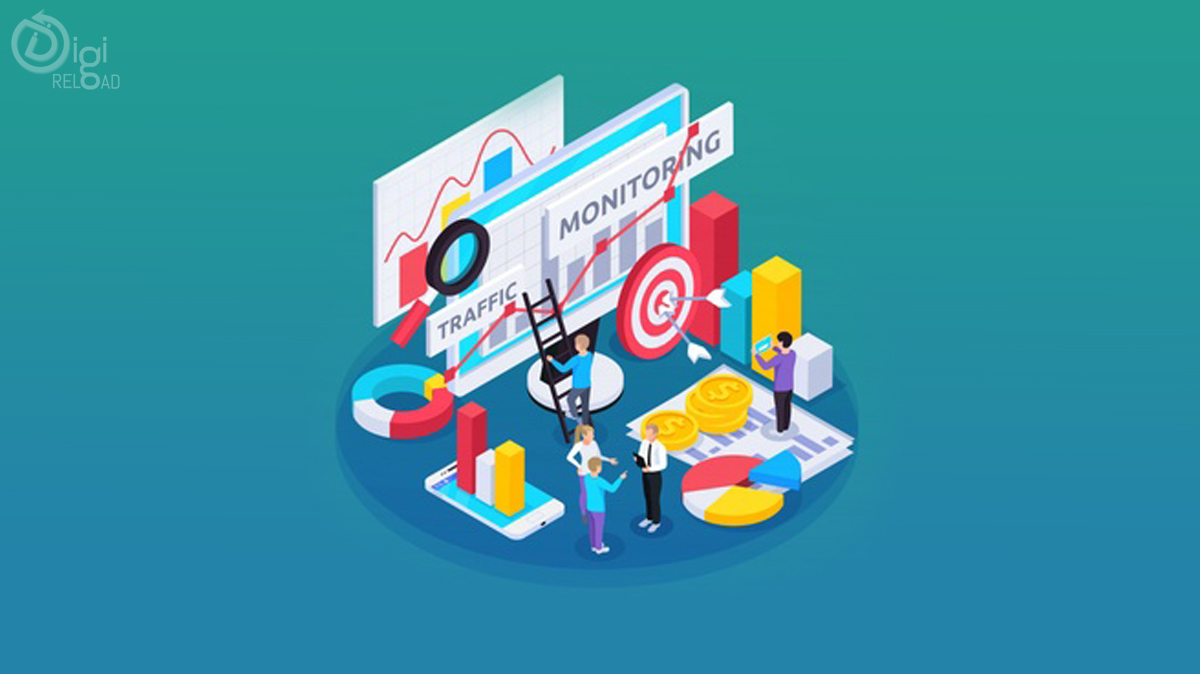
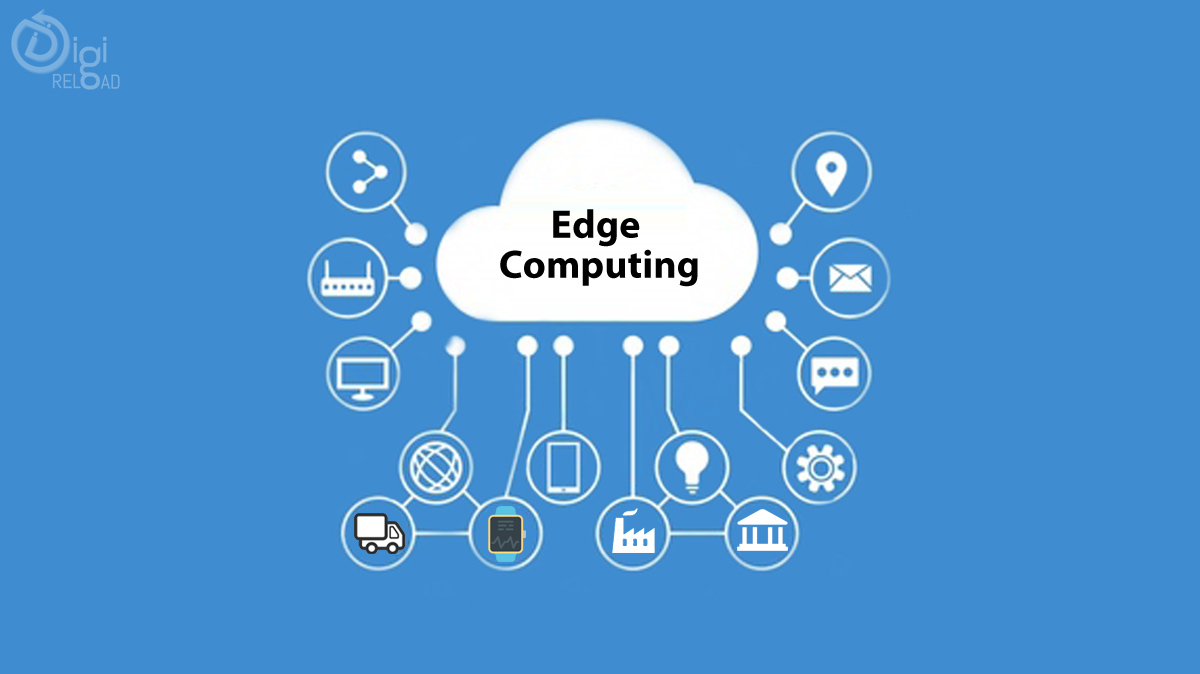


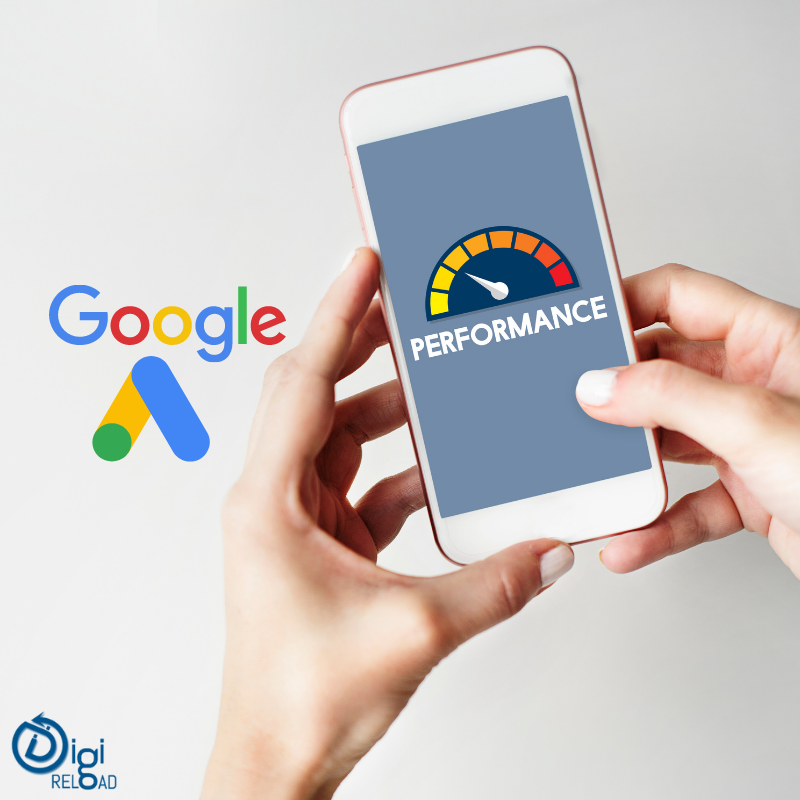
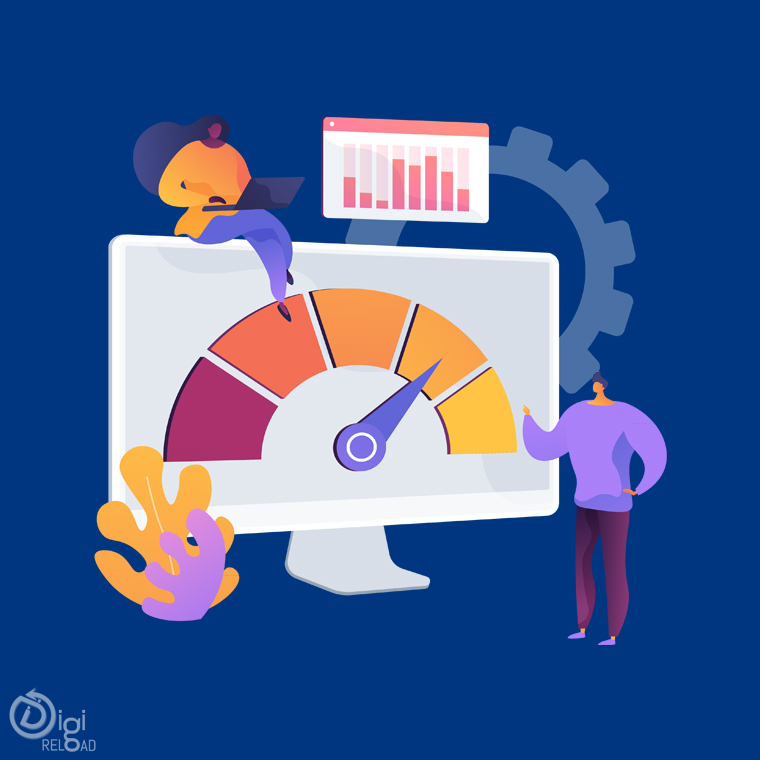

.png)